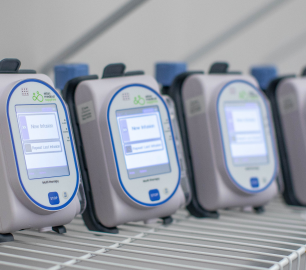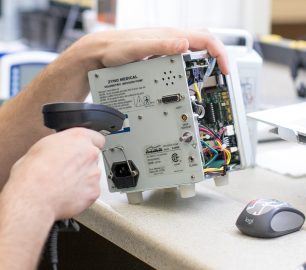We mentioned in our previous post, Medicare’s national pricing has providers tightening their belts (Should you be getting lean?), the core idea of lean is to maximize customer value while minimizing waste through continuous improvement across value streams. In reality though, lean is just a construct for change.
As business owners, executives, and committed employees, we are constantly seeking ways to improve the business. We want to make customers happier and the company more profitable. But it’s hard. Without a common vision and shared knowledge, we become individuals working in silos. Lean is one way to create the common vision and shared knowledge necessary to effect positive change.
Lean is not a tactic or cost reduction program – it’s a way of thinking and acting for an entire organization.
The five principles guiding the implementation of lean techniques are:
- Identify Value
- Map the Value Stream
- Create Flow
- Establish Pull
- Seek Perfection
For specialty pharmacy and long-term care organizations, the first question is one you are already highly focused on – value can be defined as not only patient outcomes but the patient experience as well. That becomes your anchor around which everything is evaluated. As you map each value stream for each product or service family, each step can be judged as improving outcomes and experience, or not.
As you eliminate steps that don’t add value, you are also seeking to create a tight sequence between the remaining steps to create flow. As flow is introduced, customers or patients can pull value from the next upstream activity.
Once you’ve completed a cycle of change, start again.
This may appear deceptively simple, of course it’s not, but in principle it’s clear how this approach can unite your organization in positive change. If you are interested in learning how to get started with lean, stay tuned for our next post ‘Getting Started with Lean’.



